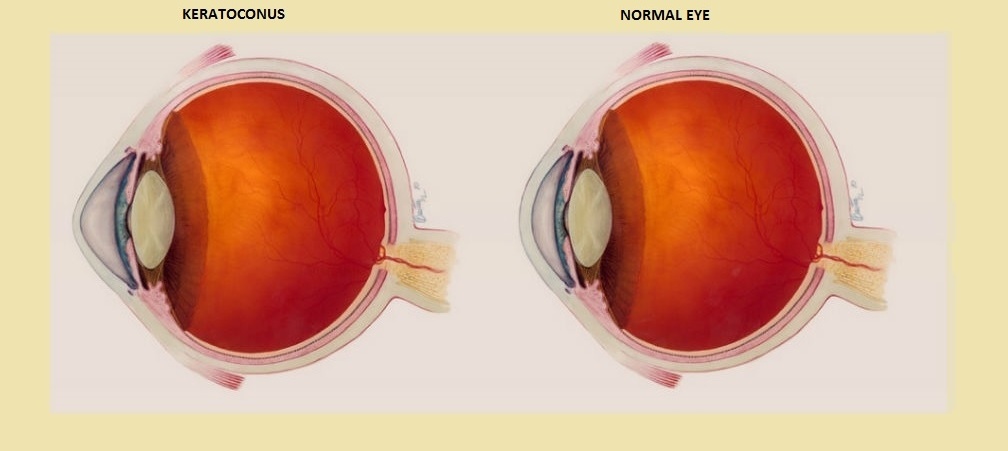- Digital Vitamin Hub: Discovering Reliable Online Platforms for B12 Injections in the UK
- Dental Tourism Exploring Affordable Dental Care Abroad
- Discovering Hope in Hospice Care, Los Angeles
- The Pain That Is Sustained After An Auto Accident Is Often Delayed
- CONSCIOUSLY DISCOVERING CARPAL TUNNEL SYNDROME
Keratoconus and its relation to blindness Overview

Keratoconus is an eye disease which affects the cornea of the eye. A person suffering from keratoconus may face pain and general discomfort in the eye and this is mainly because of the fact that the cornea of the person suffering from keratoconus gets thin gradually over time.
The cornea gets into a cone-like shape and due to this, the light does not enter the eye in a proper fashion. This may cause hindrances in the vision and blurriness may come to the eye. Due to this, it becomes difficult to see clearly and the condition may get worse if it is left untreated. Keratoconus and blindness are also often referred to as the same issue, however, it is anything but.
Symptoms
There are scads of different symptoms which can aid in the detection of keratoconus. One such symptom is nearsightedness. A person who is suffering from keratoconus may experience astigmatism as well. The vision may get blurred in the mid stages and as the problem gets worse, even glasses, as well as the lens, fail to help against the blurry vision.
In the initial stages, there may be mild discomfort in the eye, which may lead to constant rubbing of the eye. However, the medical professionals who are related to this field have suggested that rubbing eyes in this condition do not help but instead it makes the condition worse. Hence, the person should refrain from rubbing the eyes and do not follow the urge to do so as it can have negative consequences and may even damage the cornea permanently.
Can it cause blindness?
One of the most frequently asked questions about this condition is whether or not it can cause blindness. Keratoconus and blindness are often used together. The symptoms may be disturbing and the person suffering from it can start worrying that keratoconus and blindness may just be the same issue. However, there is nothing significant to worry about this specific concern.
Keratoconus cannot cause permanent blindness in a person who is suffering from it. However, it can permanently damage the cornea and the eye as a whole if it is left untreated. Hence, a high level of care is needed for the purpose of ensuring that it does not turn into a lifelong problem for the eye.
Diagnosis
The most common age for this issue to occur is the age of ’20s. However, the progression of the issue may be different for different people based on the conditions the issues develop in. For some patients, the issue may continue on for multiple decades and for others, the issue may stop after reaching a certain point. Unless the issue is left untreated and becomes grave, it is not visible to the naked eye.
In severe cases, the deformed shape of the cornea may become apparent to the observer as the eyelids are rolled up. The shape ceases to exist as an arc which is the normal shape and turn more into a cone shape. This instance is given the name of Munson’s sign. A doctor may have to run some special tests to fully detect the issue in order to deal with it in an effective manner. The progression of the disease is also monitored by the doctor to detect the changes the treatment has caused.
Treatment
The treatment of keratoconus is not complex at all. An RGP needs to be fitted in the place of contact lens. The fitting process may be challenging, but once the RGP lens is in place, the issue is mitigated.
